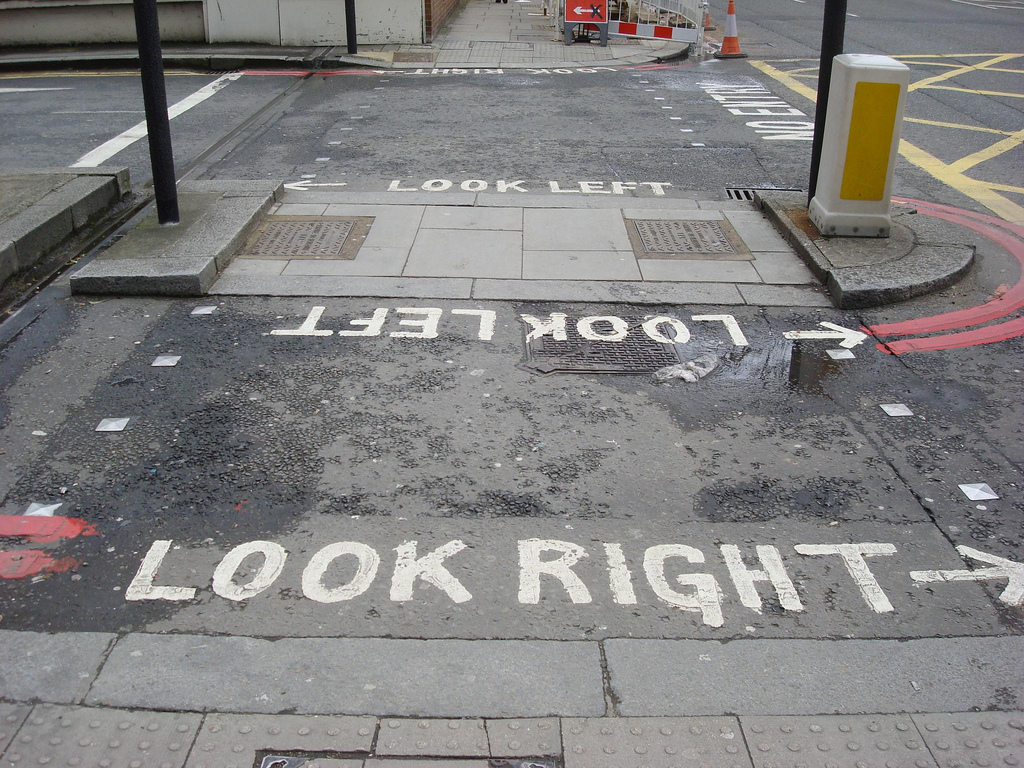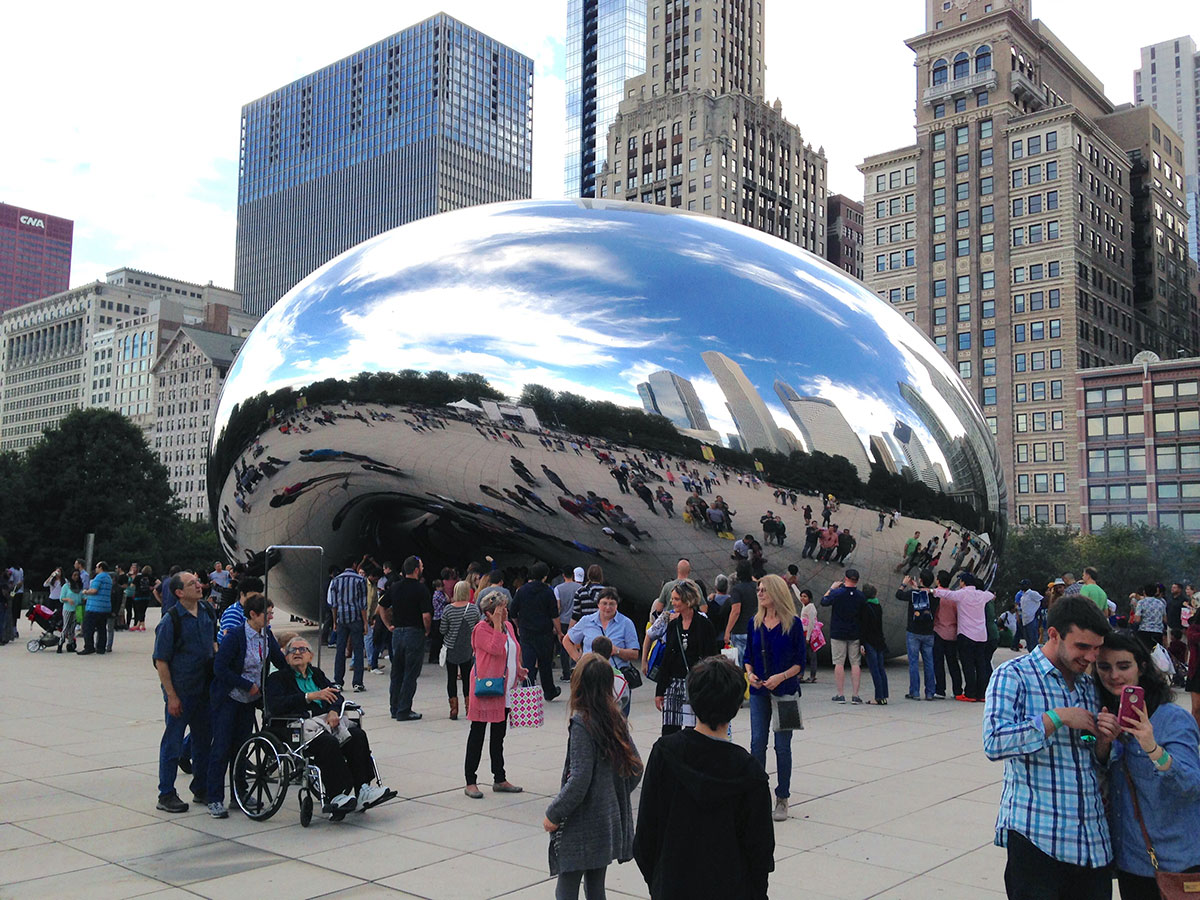
Nudging the crowd in new directions can make our cities better
Photo by Tracy Russell on Flickr.
A new tool is coming to the municipal playbook, behavioral science. It may sound like Big Brother or Mad Men manipulating the masses, but the applications are more prosaic: encourage recycling, college completion, energy savings, healthy eating, vaccinations.
Chicago, one of the first cities to experiment with applying behavioral science to urban challenges, hosted a workshop this week with city officials and civic innovators from Miami, Philadelphia and San Jose, sponsored by Knight Foundation. Instructors included Richard Thaler, who literally wrote the book(s) on the subject, and his colleagues at ideas42, a consulting firm led by fully applied academics. Knight’s interest, besides supporting success in the 26 Knight communities, is in seeing how behavioral science can be applied to civic engagement, from voting to encouraging people of different income levels to frequent the same parks and public places.
The premise is that human behavior is integral to every city challenge, even structural ones. And humans are not always rational actors: When we don’t have a deep conviction about something, we decide based on what we see in front of us a majority of the time. So how to put things in front of city residents that encourage them to act in their best interests, without threatening their freedom of choice?
The workshop provided an introduction to behavioral science, and its practical applications city life. The context will likely resonate with readers of Knight Blog:
• Our attention is a scarce resource, and that sometimes leads us to ignore matters that are important. (Wait, what were you talking about?)
• Small hassles in processes can derail the whole process. Who has a fax machine? One participant coined the term “procrassle” for hassles that lead us to procrastinate.
• Behavioral science is not being applied to cities in a vacuum. It’s part of the trend toward evidence-based governance, toward using data-driven decision-making to build more effective and responsive cities. Implicit in that is innovation, with iteration based on results.

Cloud Gate by Anish Kapoor in Chicago. Photo: Michael Bolden.
Examples: People recycled more if an adjoining trashcan was labeled “landfill,” and even more if a specific, nearby landfill was named. Power users reduced usage 2.7 percent when shown their power consumption compared to their neighbors. Not much? It takes a 20 percent price increase to produce the same reduction, according to ideas42. “Look left” stencils reduced the number of American tourists run over in London.
A colorful example came from a former collections lawyer hired to increase revenue for Chicago. Intimidating collection letters from cable companies were standard for the private sector, but “we can’t make people hate government.” His solution was to rewrite letters to offer a partial payment now, present a plan to pay the rest, and bury the legal boilerplate at the bottom.
To be clear, any municipal nudge toward positive social behavior should be transparent, says “Nudge” author Thaler. Ideas42 went on to define a methodology: The starting point is defining the problem you want to solve, and the end point is testing the results.
In terms of picking projects, the question to ask is how big a priority it is for the city, and how significant the impact will be. Key to success is a partner who can deliver the process and share risk.
We’ll see how big behavioral science becomes in the success of cities, but since we humans are central to the success of cities, it could matter.
Andrew Sherry is vice president of communications at Knight Foundation. Email him at [email protected] or connect with him on Twitter@andysherry.
Recent Content
-
Community Impactarticle ·
-
Community Impactarticle ·
-
Community Impactarticle ·


